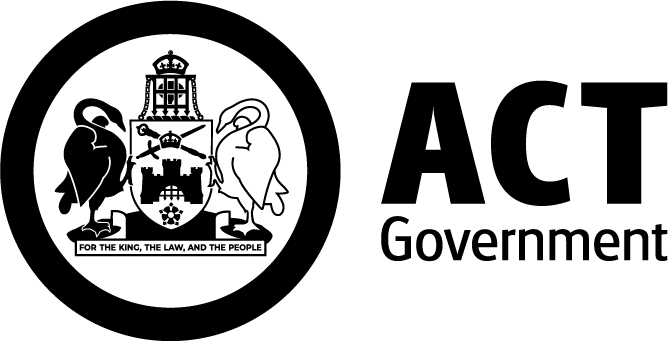Wombats
Wombats are an important part of our native biodiversity in the ACT. The ACT Government aims to form a broader wombat management strategy to maintain healthy and sustainable populations of wombats.
Report a wombat sighting
You can help care for wombat populations by reporting wombat sightings. If you see an injured wombat, including on the road, call Access Canberra.
The reporting portal asks you about the location and the wombat’s health. This helps wildlife carers find and treat sick wombats and helps to track wombat health and locations across the ACT.
Volunteers from Wombat Rescue and ACT Wildlife carer groups monitor the portal and assess sick wombats quickly. Where possible, they provide treatment.
See how many wombats have been reported and cared for in the map below.
Wombat mange
Mange is a skin disease caused by tiny mites and is very serious for wombats. These mites, called Sarcoptic Mites (Sarcoptes scabiei), burrow into the wombat's skin, causing:
- severe itching
- hair loss
- thick, crusty skin.
If not treated, mange can lead to infections, dehydration, and death.
Mange is highly contagious. It can spread through direct contact with infected animals or contaminated environments. The mites can infest foxes that spread the disease as they enter and leave wombat burrows. Wombats can then catch the disease from infected burrows.
There is a 3-part campaign to understand and treat wombat mange:
- A reporting portal for wombat sightings that captures the location of healthy and unhealthy wombat populations. It helps volunteers quickly find and treat sick wombats.
- A spatial support tool that maps wombat populations, helping wildlife carers to see the location of mange and how it's affecting the wombats. It also helps to coordinate monitoring and treatment efforts.
- Research efforts to trial remote delivery of mange treatment across the ACT. ACT Wildlife, Wombat Rescue, and the University of Tasmania test new ways to treat mange remotely across the ACT.
These efforts are part of a larger wombat management plan for the ACT.
The ACT’s partners
University of Tasmania
Ecologists at the University of Tasmania have been researching and giving advice on wombats in Tasmania. This has helped to develop monitoring programs in the ACT.
ACT Wildlife
ACT Wildlife is a not-for-profit charity that rescues, rehabilitates and releases native animals. The volunteers work with wombat mange and treat burrows of infected animals. They help care for sick wombats and trial treatment options for diseases.
Wombat Rescue
Wombat Rescue aims to improve the welfare of wombats. Volunteers actively look for injured and sick animals, particularly those that have been hit by cars, and treat them. They help educate the community about mange treatment and wombat rescue.
